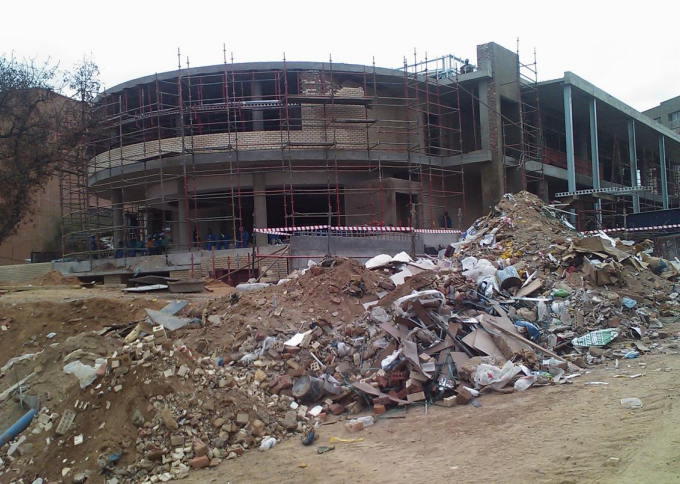Towards net-zero construction and demolition waste

Waste is defined in the National Environment Management: Waste Act as: “Any substance, whether or not that substance can be reduced, re-used, recycled and recovered – a) That is surplus, unwanted, rejected, discarded, abandoned or disposed of; b) Which the generator has no further use of for the purposes of production; c) That must be treated or disposed of; or d) That is identified as a waste by the Minister by notice in the Gazette, and includes waste generated by the mining, medical or other sector; but – (i) A by-product is not considered waste; and (ii) Any portion of waste, once re-used, recycled and recovered, ceases to be waste.” Construction waste, which is classified under general waste, and is defined as “waste, excluding hazardous waste, produced during the construction, alteration, repair or demolition of any structure, and includes rubble, earth, rock and wood displaced during that construction, alteration, repair or demolition”, is just that: a waste of raw and often scarce materials; a waste of energy; a waste of chemicals and additives; and a waste of human resources.
In reality, it represents a waste within the three pillars of sustainable development, namely, economic feasibility, social wellbeing, and environmental stewardship. The purpose of this chapter is to provide information and methods to clients, developers, contractors, and professional service providers of construction and demolition projects to assist in reducing the amount of waste generated during the entire construction and demolition process. Reducing waste demonstrates corporate responsibility, provides compliance with green building requirements, and ultimately reduces project costs. |


Comments